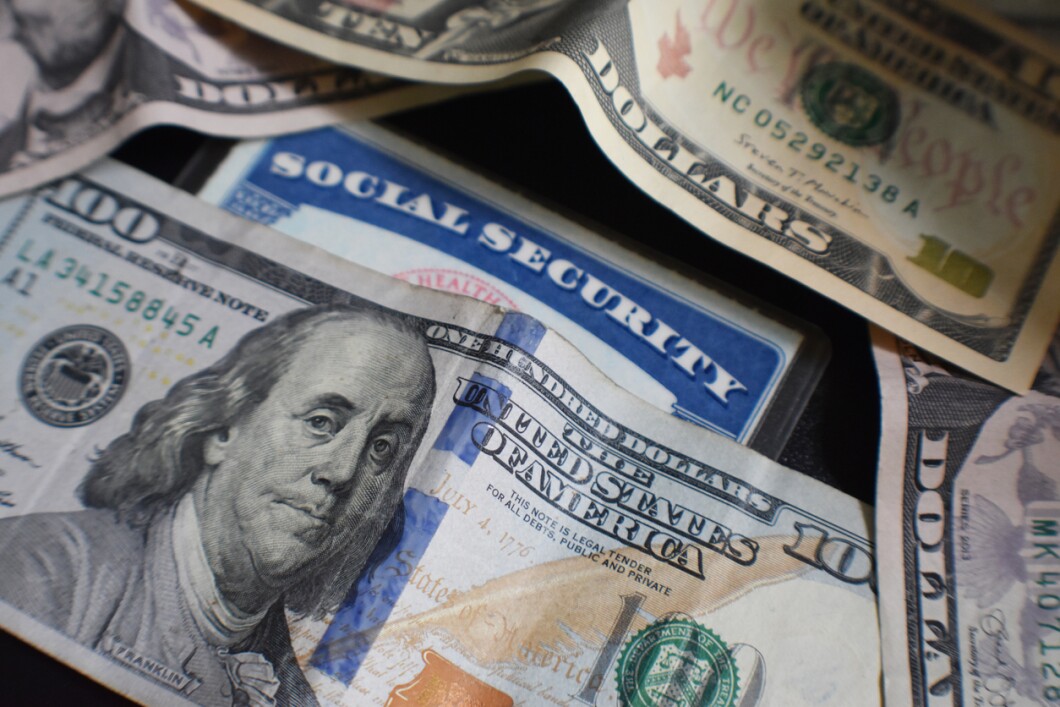
Recipients of the Social Security Administration’s Supplemental Security Income program will receive their August payment, worth up to $914 for individual filers, in just over a week, according to the SSA’s schedule.
The payment will go out in eight days, on Aug. 1, 2023, and will be the first payment for recipients since June because there were no payments in July. The gap was due to a scheduling quirk in the SSA’s calendar that distributes two separate payments in one month if the first of the following month occurs on a weekend. During normal months, beneficiaries only receive one payment.
NEW JERSEY SUES OVER NEW YORK CITY CONGESTION PRICING PLAN
This year, there are four months when the beneficiaries get two checks: March, June, September, and December. This is because the first of the month falls on a weekend in April, July, and October this year, and Jan. 1 is always a holiday.

This adjusted schedule ensures that beneficiaries still get 12 checks per year, even though there are some months where they receive two checks and other months where they do not receive a payment.
The amount of money that beneficiaries receive also differs, depending on how they file for the benefits. Recipients who file individually receive a maximum of $914 every month, and eligible couples receive up to $1,371. Essential people who live with people receiving SSI payments and provide them with necessary care get a monthly payment of up to $458, according to the SSA. Not every recipient receives the maximum payout.
CLICK HERE TO READ MORE FROM THE WASHINGTON EXAMINER
To qualify for the Social Security benefit, which is separate from typical retirement paychecks, a person has to be older than 65 and meet specific financial requirements. Those younger than 65 could also qualify if they are at least partially blind or have a physical or mental condition that seriously limits their daily activities for at least one year or is expected to result in death.
The SSI payments were first issued by the SSA in January 1974, and payment rates have increased for cost-of-living adjustments since 1975, according to the agency. The COLA for 2024 is currently expected to be approximately a 3% increase based on June’s numbers.





